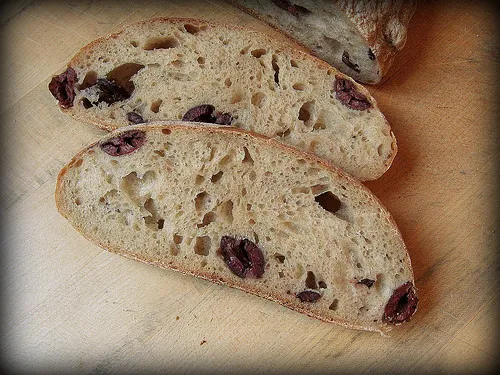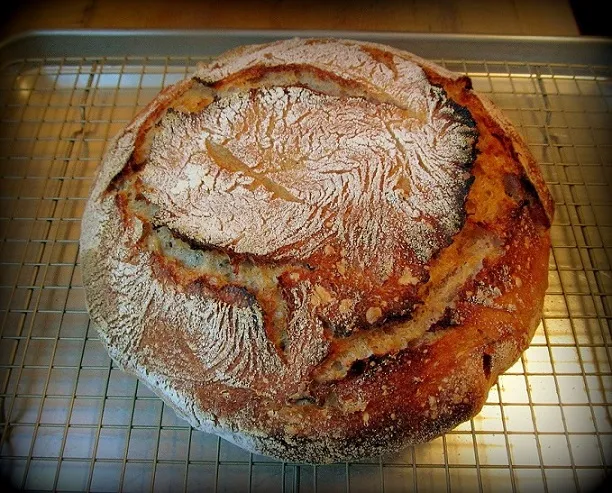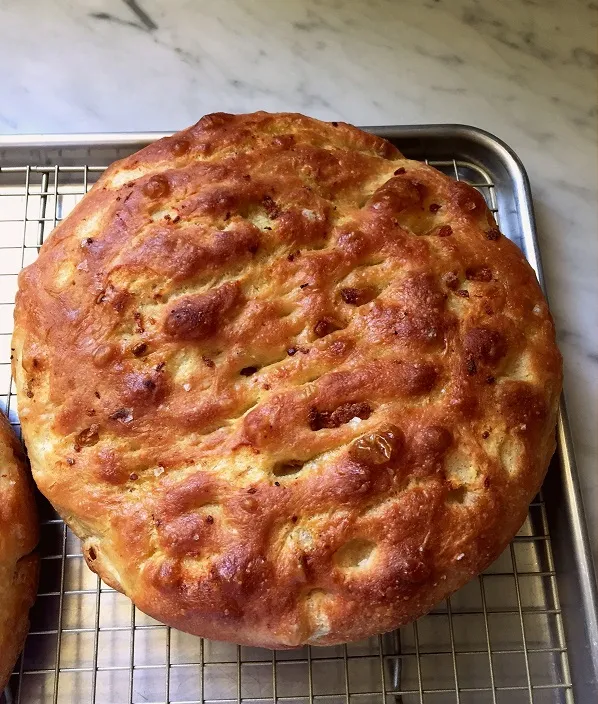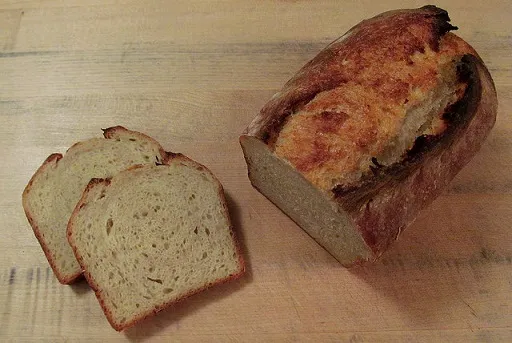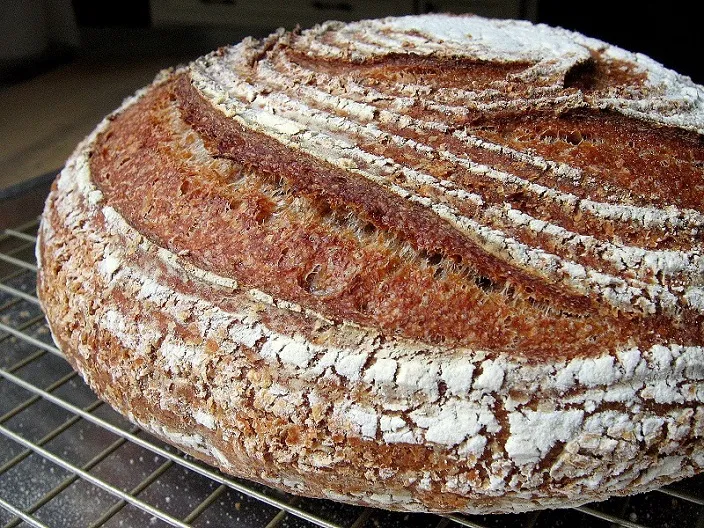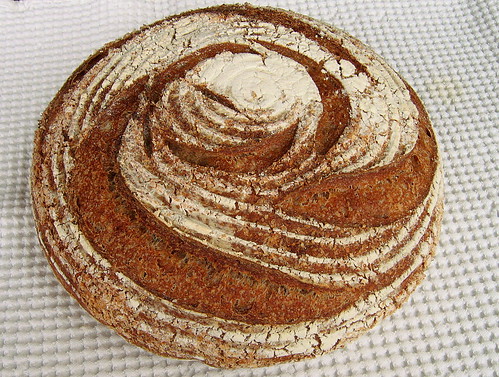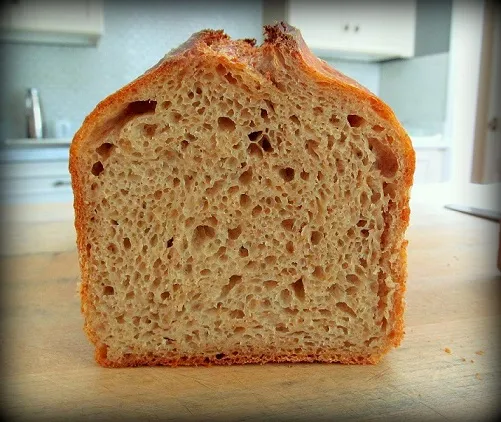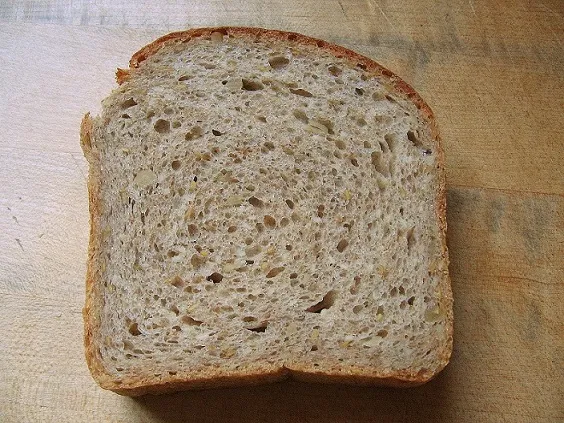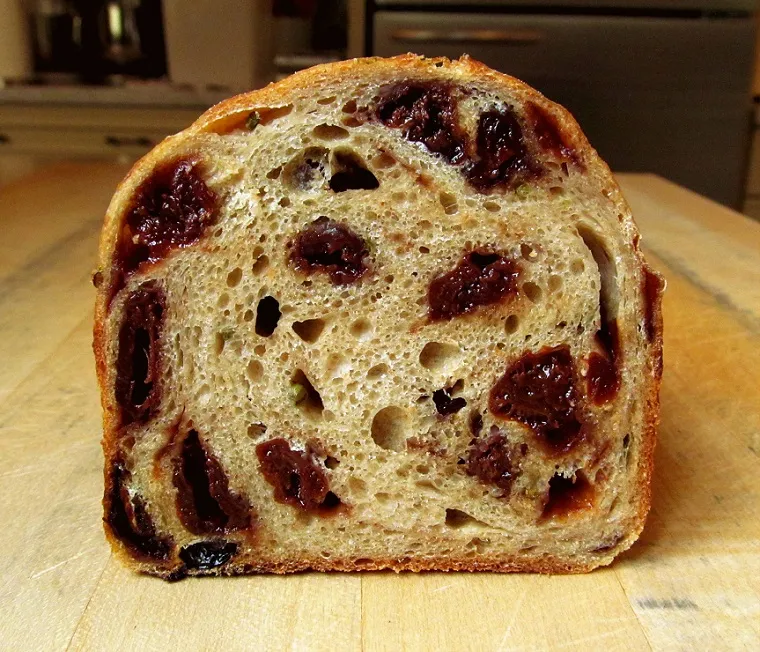A Whole Lotta Viennoiserie
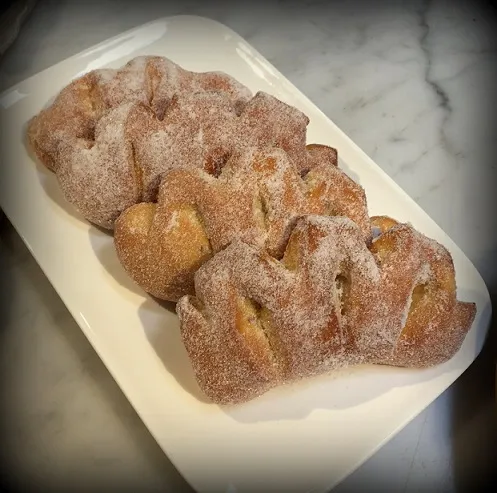
Work has been intense and crazy. So I was thrilled when the executives decided at the last minute to build in a little break in the project timeline. As luck would have it, the break was the same week as the Viennoiserie 2 class at the San Francisco Baking Institute (SFBI). Viennoiserie 1 is offered a few times a year, but level 2 is offered only once a year. I wasn't able to take level 2 last year since it was fully enrolled when I tried to sign up, so I was happy to attend this year.
